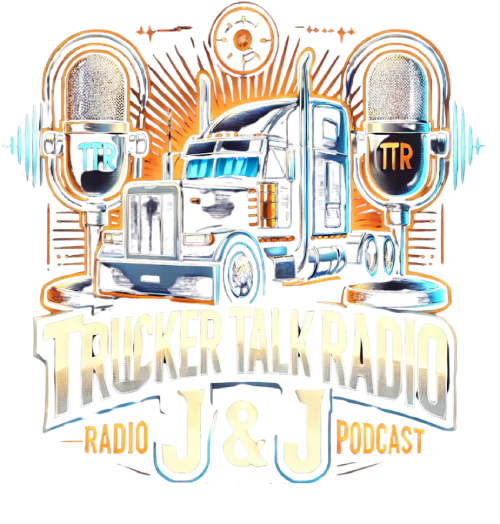The Impact of Supply and Demand on Trucking Slump
The primary reason behind the trucking industry’s downturn can be traced to the fundamental economic principle of supply and demand.
Economic Trends Affecting Demand
Wider economic trends, such as increased activity in factories, retail, and construction, elevate the need for truck drivers. As more goods need transportation, there is a heightened requirement for both vehicles and drivers to facilitate movement.
Response of Trucking Companies to Demand
When demand surges, trucking companies often respond by purchasing additional trucks and hiring more drivers, banking on forthcoming profits. However, once the availability of trucks and drivers aligns with demand, freight rates tend to decrease, complicating the recovery of their investments.
Last Year’s Trucking Boom
The previous year proved to be exceptionally lucrative for truckers, prompting numerous companies to expand their fleets and workforce. By January, the volume of new truck orders was so high that an eight-month backlog had developed.
Overcapacity Challenges
This situation led to overcapacity, with DAT data revealing a 29.9% year-over-year increase in the number of trucks available for moving loads in June 2019 within the spot market, which operates on demand rather than fixed contracts.
Shifts in Capacity Levels
By November 2019, signs of overcapacity began to decline as many trucking firms went out of business or reduced their workforces; capacity growth was just 5.7% compared to November 2018.
Effects on Freight Rates
According to Michael DiCecco, president of Huntington Bank’s asset-finance division, the cyclical nature of the industry contributes to these overcapacity challenges. With an abundance of truck drivers available, the rates for transporting loads have dropped in both the spot and contract markets. Data from the Chainalytics-Cowen Freight Indices on December 30 indicated that spot van rates fell by 12.8% year-over-year, while contract rates decreased by 6.4%.


